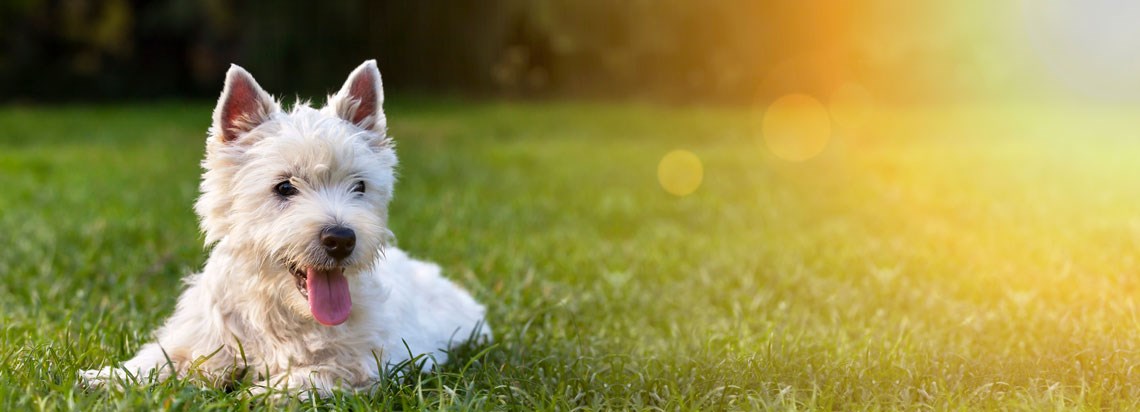
A happy, healthy dog brightens any home. But keeping your pet healthy needs more than just love. Active dogs require special care. This guide covers everything for your dog’s well-being.
Quality Nutrition Powers Everything
Real fuel begins in the dish. Choose dog food with quality meat as the main ingredient. Also avoid vague animal products, corn, or wheat. These bulk up food but do not provide vital nutrients for your dog.
Next, adjust portion sizes to suit activity, not weight. An agility coursing corgi will burn calories, then use the same food weight as the lounging, older lab in the same home, and the difference in energy demand is enormous. To keep energy stable and digestive upsets low, offer the day’s portion divided into two or three small servings.
Always give your dog fresh water, especially when active. They quickly become dehydrated. So refill and scrub the bowl every day.
Exercise Keeps Bodies and Minds Sharp
Most dogs crave at least an hour of exercise daily. Many active breeds need much more than this though. A stroll around the block is a mere appetizer for stretchy, high-energy pups. High-intensity exercise invigorates their bodies and minds.
Vary the plan to keep their curiosities piqued. Try hiking hills, tumbling into cool water for a splash, chasing a ball, or zipping through an agility course. Simple mental workouts, like puzzle toys or mini training sessions, can use equal energy and deepen your bond.
Weather can add a twist, so keep the pause button ready. Hot pavement can torch pads; icy wind can freeze toes. Carry water if you veer too far and keep an eye on their breath: panting and drools that keep pouring are early signs it’s time for a cool break.
Regular Health Monitoring Catches Problems Early
Schedule yearly checkups for your young, fit dog. Senior dogs need them every six months. Appointments assist vets in early problem detection. Follow your vet’s advice regarding vaccines and managing parasites. Follow these steps for your dog’s health. Watch for signs like avoiding play or slow walking in your dog. Behavioral changes, coughs, and breathing issues need immediate care.
Dental Care Prevents Serious Health Issues
Too many people treat a daily oral routine like an optional chore, yet dental care is a major pillar of good health for lively dogs. When bacteria settle in the gum line, the resulting infection can hitch a ride on the bloodstream and settle in the heart, kidneys, or liver, transforming a lively dog into a patient on an IV.
Aim to brush those pearly canines at least three times each week. Grab the toothpaste made for dogs, leaving human brands on the shelf; mild ingredients to us can spell trouble in a dog’s system. Use dental chews and toys alongside brushing.
Stinky breath in dogs often indicates dental problems that need professional attention, according to the people at Nextrition. Foul dog breath suggests infection, needing veterinary care.
Grooming Maintains Comfort and Health
Brush your pet to remove loose fur, spread oils, and check for problems. Weekly is fine, but some dogs need daily grooming. Skipped nail trims invite splits, breaks, or nasty ingrown sides that pinch with every paw step. If your dog’s walk goes click and clacker on tile, it’s time. Go slowly, and make the clippers a cue for a treat parade.
Conclusion
Your dog’s happiness is the result of many daily decisions related to its care. Things like balanced meals, exercise, check-ups, dental care, and grooming all keep dogs healthy. Despite the effort, this work provides years of happiness and a delighted partner. Dependable and loving, your canine friend is counting on you to keep their adventure going; this checklist is how you both keep the map full of those muddy paw prints.

